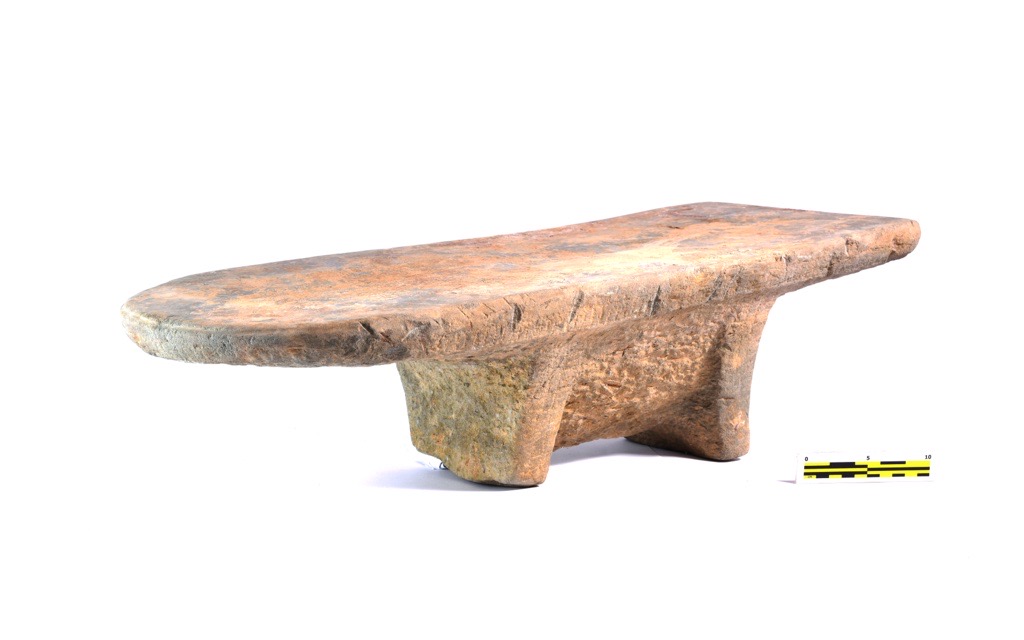Researchers from the Australian National University have found what could be Southeast Asia’s earliest curry. The remnants, found in Vietnam, date back around 2,000 years – and the ingredients are still those used in the country’s cooking today.
The archaeologists analysed micro-remains from stone grinding tools found at the Óc Eo archaeological site, a busy Mekong Delta port between the second century BCE and 12th century CE, which may have been known to the Greeks and Romans.
The micro-remains contained a range of spices: turmeric, ginger, fingerroot, sand ginger, galangal, clove, nutmeg, and cinnamon.
Weiwei Wang, the report’s first author and ANU PhD candidate, suggested that migrants introduced curries to Southeast Asia during early trade contact via the Indian Ocean.
“Given these spices originated from various different locations, it’s clear people were undertaking long-distance journeys for trade purposes.
“The global spice trade has linked cultures and economies in Asia, Africa, and Europe since classical times. Now we know the port city of Óc Eo played an important role in this trade as a cultural and trading crossroads.”
According to the study’s authors, spices were coveted commodities in ancient civilisations.
While families in modern-day Vietnam might buy curry powder from stores, the researchers say that the key ingredients have not changed much since ancient times.
“The spices used today have not deviated significantly from the Óc Eo period,” Dr Khanh Trung Kien Nguyen, from the Southern Institute for Social Sciences in Vietnam, said. “The key components are all still there, such as turmeric, cloves, and cinnamon.”
The archaeologists also excavated well-preserved seeds.
“The preservation of plant remains in Óc Eo is exceptional – the seeds were so fresh it was hard to believe they were 2,000 years old,” Dr Hsiao-chun Hung (ANU) said.
“We believe further analysis could identify more spices and possibly even uncover unique plant species, adding to our understanding of the history of the region.”
The research will be published in Science Advances.



